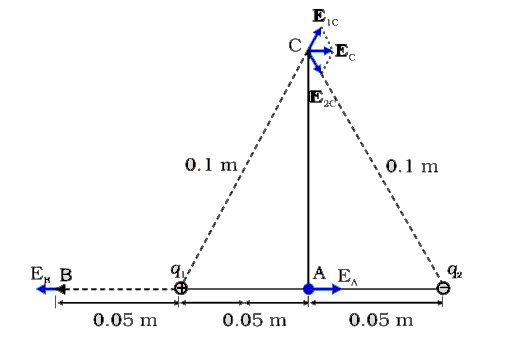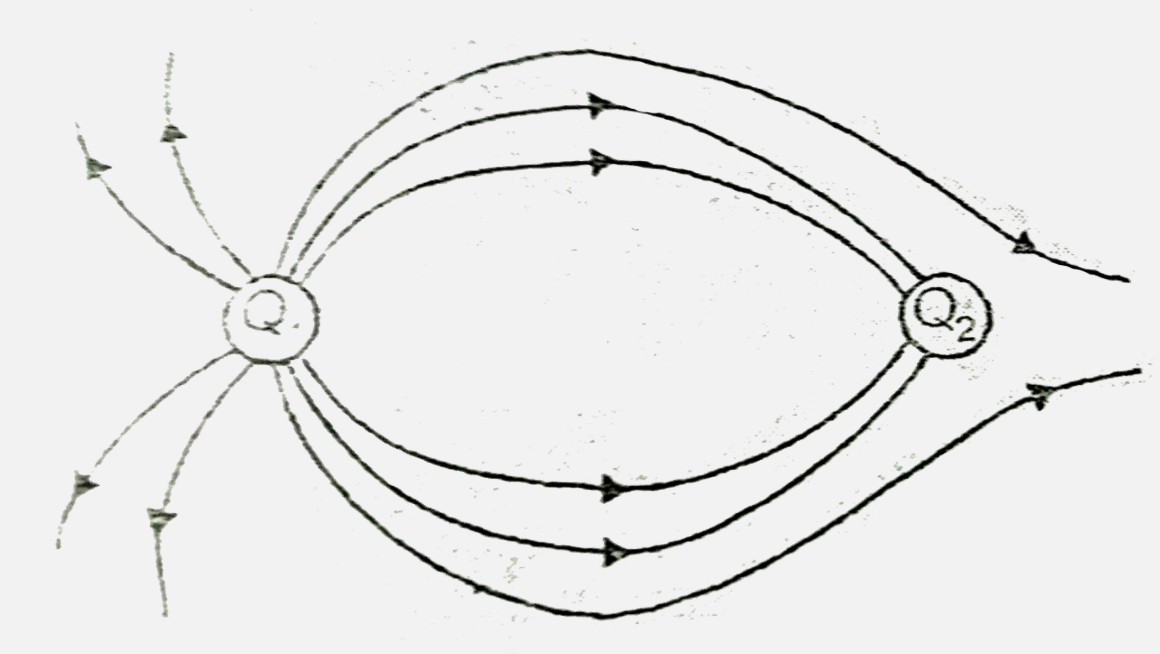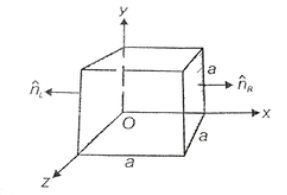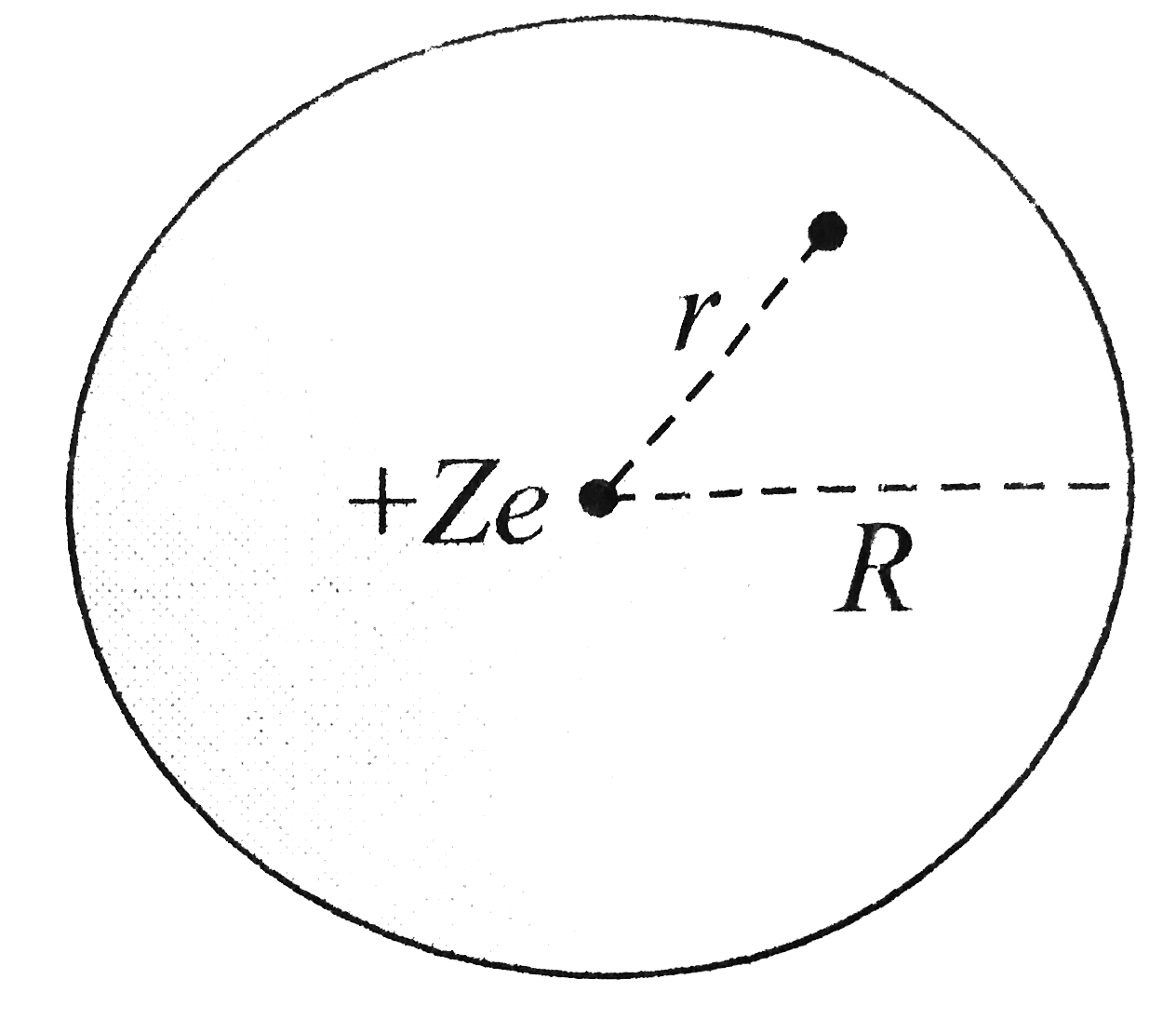Complete Solutions to TRY YOURSELF of chapter ELECTRIC CHARGES AND FIELDS of Class 12 book with complete answers and questions
| Class 12 | PHYSICS |
| Chapter | ELECTRIC CHARGES AND FIELDS |
| AAKASH INSTITUTE | TRY YOURSELF |
| Number Of Questions | 33 |
| Academic Year | 2023-24 |
If a body has positive charge on it, then does that mean it has gained some protons or lost some electrons?
View SolutionWhat will happen to the leaves of an electroscope if a positively charged body is brought near
(a) An uncharged electroscope ?
(b) A positively charged electroscope ?
( c ) A negatively charged electroscope ?
View SolutionFive balls numbered 1,2,3,4,and 5 are suspended using separated threads. The balls (1,2),(2,4) and (4,1) show electrostatic attraction while balls (2,3) and (4,5) show repulsion. Therefore, ball 1 must be
View SolutionSure check for presence of electric charge is
View SolutionHow will you give equal and opposite charge to two identical metal spheres on insulated stands ? You can use a charged rod but touching of rod to spheres is not allowed
View SolutionHow can you charge a metal sphere positively without touching it?
View SolutionNet charge on an electric dipole is ………….. .
View SolutionWhen `10^(14)` electrons are removed from a neutral metal sphere, then the charge on the sphere becomes
View SolutionWhat is the total charge on 75.0 kg of electrons ?
View SolutionIf `10^(9)` electrons move out of a body to another body every second, then the time required to get a total charge of 1 C on the other body is
View SolutionHow much positive and negative charge is there in a water molecule ?
View SolutionTwo positively charged small particles, each of mass `1.7 xx 10^(-27) kg` and carrying a charge of `1.6 xx 10^(-19) C` are placed apart at a separation r. If each one experiences a repulsive force equal to its weight find their separation.
View SolutionCoulomb’s law for electrostatic force between two point charges and Newton’s law for gravitational force between two stationary point masses, both have inverse-square dependence on the distance between the charges and masses respectively. (a) Compare the strength of these forces by determining the ratio of their magnitudes (i) for an electron and a proton and (ii) for two protons. (b) Estimate the accelerations of electron and proton due to the electrical force of their mutual attraction when they are `1Å (=10^(-10)m)` apart? (mp = `1.67 xx 10^(-27) kg, me = 9.11 xx 10^(-31) kg)`.
View SolutionConsider three charges `q_(1),q_(2)` and `q_(3)` each equal to `q` at the vertices of an equilateral triangle of side `'l'` what is the force on any charge due to remaining charges.
View SolutionConsider the charges q, q and -q placed at the vertices of an equilateral triangle of each side l. The sum of forces acting on each charge is
View SolutionCalculate the electric field strength required just to support a water drop of mass `10^(-7)kg` having a charge `1.6 xx 10^(-19) C`
View SolutionAn electron falls through a small distance in a uniform electric field of magnitude `2xx10^(4)NC^(-1)`. The direction of the field reversed keeping the magnitude unchanged and a proton falls through the same distance. The time of fall will be
View SolutionTwo point charges of `5 mu C` and `20 mu C` are separated by a distance of 2m. Find the point on the line joining them at which electric field intensity is zero.
View SolutionTwo point charges of `+16 muC and -9 mu C` are placed 8 cm apart in air. Determine the position of the point at which the resultant electric field is zero.
View SolutionTwo point charges `q_(1) and q_(2)`, of magnitude `+10^(–8) C and –10^(–8)C`, respectively, are placed 0.1 m apart. Calculate the electric fields at points A, B and C shown in Fig. 1.14.

View SolutionLooking at the various electric lines of forces between charges `Q_(1)` and `Q_(2)` , find the value of `(Q_(1))/(Q_(2))`

View SolutionThe electric field in a certain region of space is `( 5 hat(i) 4 hat(j) - 4 hat(k)) xx 10^(5) [ N //C]` . Calculate electric flux due to this field over an area of `( 2 hat(i) - hat(j)) xx 10^(-2) [ m^(2)]`
View SolutionCalculate the electric dipole moment of an electron and a proton `0.53 Å` apart.
View SolutionTwo charges `pm10muC` are placed 5.0 mm apart. Determine the electric field at (a) a point P on the axis of the dipole 15 cm away from its centre O on the side of the positive charge, as shown in Fig. 1.21(a), and (b) a point Q, 15 cm away from O on a line passing through O and normal to the axis of the dipole, as shown in Fig. 1.21(b).
FIGURE 1.21

View SolutionAn electric dipole of length 10cm having charges `+- 6xx10^(-3) C`, placed at `30^(@)` with respect to a uniform electric field experiences a torque of magnitude `6 sqrt(3) N-m`. Calculate (i) magnitude of electric field (ii) the potential energy of dipole.
View SolutionThe electric field components in the figure below are `E_(x) = 800 x^(2) N //C ,E_(y)= E_(z) = 0`.
Calculate
(1) The flux throught he cube and
(2) The charge withing the cube
Assume that a =0.1 m

View SolutionAn electric field is uniform, and in the positive x direction for positive x, and uniform with the same magnitude but in the negative x direction for negative x. It is given that `E = 200 hati N//C for x gt 0 and E = –200 hati N//C` for x lt 0. A right circular cylinder of length 20 cm and radius 5 cm has its centre at the origin and its axis along the x-axis so that one face is at x = +10 cm and the other is at x = –10 cm (Fig. 1.28). (a) What is the net outward flux through each flat face? (b) What is the flux through the side of the cylinder? (c) What is the net outward flux through the cylinder? (d) What is the net charge inside the cylinder?
View SolutionA plastic rod of length 2.2m and radius 3.6 mm carries a negative charge of `3.8xx10^(-7) C` spread uniformly over its surface. What is the electric field near the mid-point of the rod, at a point on its surface?
View SolutionAn infinite thin plane sheet of charge density `7.08 xx 10^(-11)(C //m^(2))` is held in air. Find the electric field at a point very close to the sheet.
View SolutionAccording to early model of an atom,the atom is considered it to have a positively charged point nucleus of charge `Ze` surrounded by a uniform density of negative charge up to a radius `R`. The atom as a whole is neutral. The electric field at a distance`r` from the nucleus is `(r lt R)`

View SolutionCan you derive an expression for the force applied on crosswire by the field `B`?
View SolutionThree charges are placed as shown in fig. the magnitude of `q_(1)` is `2.00mu C`, but its sign is unknown. Value of charge `q_(2)` is unknown and the value of the charge `q_(3)` is `+4.00muC`, and the net force on `q_(3)` is entirely in the negative x-direction

As per the condition given in the problem, the sign of `q_(1)` and `q_(2)` will be
View SolutionThe total flux through the faces of the cube with side of length a if a charge q is placed at corner A of the cube is

View Solution
TRY YOURSELF questions and complete solutions for chapter ELECTRIC CHARGES AND FIELDS of AAKASH INSTITUTE ENGLISH of Class 12
All Exercises from AAKASH INSTITUTE Class 12 PHYSICS ELECTRIC CHARGES AND FIELDS
- ASSIGNMENT(SECTION-A) Objective Type Question
- comprehension
- COMPREHENSION-II
- EXAMPLE
- SECTION -J(Aakash Challengers Questions)
- SECTION E(ASSERTION -REASON TYPE QUESTIONS)
- SECTION-B(OBJECTIVE TYPE QUESTION( ONLY ONE ANSWER)
- SECTION-C ( OBJECECTIVE TYPE QUESTIONS)
- SECTION-D(LINKED COMPREHENSION TYPE QUESTIONS) COMPHREHENSION-1
- SECTION-F ( Matrix-Match Type Questions)
- SECTION-G(INTEGER ANSWER TYPE QUESTIONS)
- SECTION-H( MULTIPLE TRUE-FALSE QUESTIONS)
- SECTION-I(SUBJECTIVE TYPE QUESTIONS)
- TRY YOURSELF